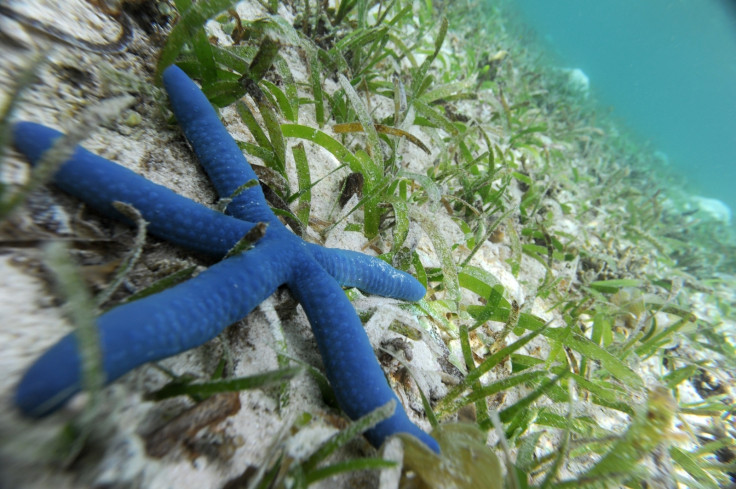Deep-sea Arctic starfish that live in total darkness have eyes in their arms and glow in the dark
Researchers believe that the starfish's bioluminescence may be a way by which the creatures communicate with each other.

Scientists have discovered that deep-sea Arctic starfish have eyes in their arms, not unlike other starfish that live near the shore. Sea creatures that live deep underwater, on the ocean floor, where even sunlight does not reach, have generally adapted to survive in perpetual darkness. Although most deep-sea creatures do not have eyes, starfish appear to be the exception.
According to Anders Garm, an associate professor of neurobiology at the Marine Biological Section of the University of Copenhagen and the lead researcher of a new study, starfish do not have 20/20 vision and can reportedly only see in black and white.
"Even the best starfish vision is still rather crude — about 500 times less acute than human vision," Garm told Live Science.
Garm and his team studied 13 different species of Arctic starfish that live in shallow to deep waters. Out of the 13 deep-sea starfish species, only one was found to be blind, while the other 12 species, including those that resided in total darkness, had eyesight.
According to Garm, some of the starfish species that lived in the aphotic zone (which is a zone that has no light), reportedly had a spatial resolution as good as or even better than shallow-water residing starfish species that live with an abundance of light.
Researchers also uncovered that two species of deep-sea starfish are bioluminescent – they glow in the dark. Researchers believe that the bioluminescence allows the starfish species to communicate with each other, such as warn about predators or even indicate their mating state by emitting flashes of light, Phys.org reported.
Garm reportedly plans to further observe deep-sea starfish with cameras mounted on a remotely-operated underwater vehicle. "If we can show that they communicate with light in the deep sea, that would be pretty astonishing," Garm said, the New York Times reported.
The new study has been published in journal Proceedings of the Royal Society B: Biological Sciences.






